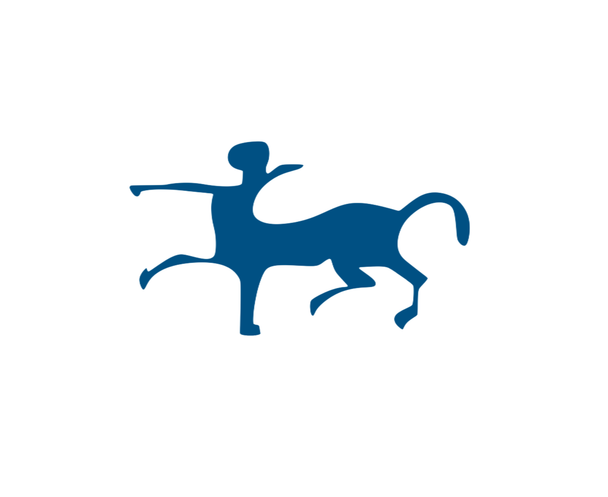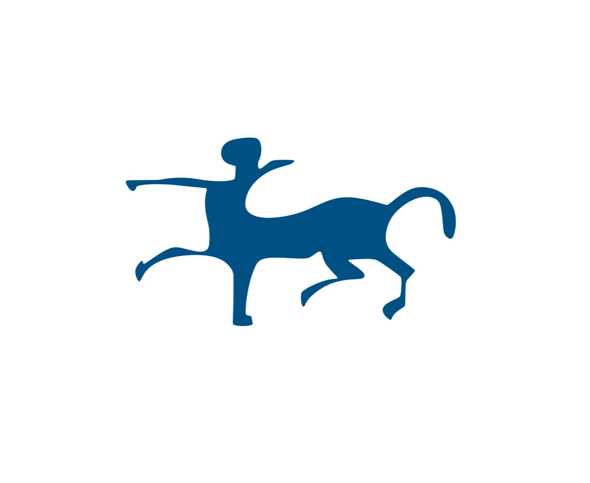Description
INTRODUCTION
Drug candidates are routinely screened for evidence of immune system regulation. It is important that the immune response is neither enhanced nor diminished since such effects may lead to hypersensitivity or increased susceptibility to infection. Determination of the effect of a drug candidate on anti-KLH antibody levels allows assessment of immune system regulation (ref 1). Animals are immunized with KLH while undergoing drug treatment and serum is collected at appropriate times after immunization. Typically, serum collected 5-7 days after immunization is used for measurement of anti-KLH IgM levels, and serum collected 14+ days post immunization is used to measure anti-KLH IgG levels. Comparison of anti-KLH IgG or IgM levels in drug treated, versus control groups reveals effects on the immune response.
PRINCIPLE OF THE ASSAY
The monkey anti-KLH IgM SPARCL™1 (Spatial Proximity Analyte Reagent Capture Luminescence, ref 2) assay uses two different antibody conjugates: HRP conjugated affinity purified rabbit anti-KLH IgG and acridan conjugated anti-monkey IgM monoclonal (clone 7E8-1-13). Monkey serum or plasma samples are diluted and incubated alongside anti-KLH IgM standards in the wells of a KLH-coated white microtiter plate for 30 minutes. The plate is then washed to remove non-KLH reactive monkey IgM and other serum components. A mixture of rabbit anti-KLH IgG HRP and anti-monkey IgM acridan is then added to the wells and incubated for 30 minutes. During this step, rabbit anti-KLH IgG HRP binds to the many unoccupied epitopes on KLH and acridan conjugated anti-monkey IgM binds to monkey anti-KLH IgM that is also bound to KLH. HRP-conjugated rabbit anti-KLH IgG and acridan conjugated anti-monkey IgM antibodies are thereby brought into close proximity. Following a wash step, the addition of hydrogen peroxide (trigger solution) facilitates HRP catalyzed oxidation of proximal acridan molecules causing a flash of chemiluminescence. The level of monkey anti-KLH IgM in the sample is proportional to the luminescence. Actual values are derived from a standard curve.
MATERIALS AND COMPONENTS
Materials provided with the kit:
• Anti-KLH HRP stock Store ≤ -70°C
• Anti-rat IgM acridan stock Store ≤ -70°C
• Rat Anti-KLH IgM stock (2 vials)
• KLH coated white plate (12 x 8-well)
• Sample diluent; YD50-1, 50 ml
• Conjugate diluent; CSD10-1, 10 ml
• 20x Wash solution; TBS50-20, 50 ml
• Trigger solution; TS7-1, 7 ml
Materials required but not provided:
• Precision pipettes and tips
• Polypropylene microcentrifuge tubes
• Vortex mixer
• Plate incubator/shaker
• Luminometer capable of simultaneous injection/measurement
• Curve fitting software
STORAGE
Store the HRP conjugate, acridan conjugate and CRP stock at -70°C (they may be stored at -20°Cfor one week). The remainder of the kit should be stored at 2-8°C. The SPARCL™ plate should be kept in a sealed bag with desiccant and antioxidant. The kit will remain stable for at least six months from the date of purchase, provided that the components are stored as described above.
GENERAL INSTRUCTIONS
1. Please take the time to completely read all instructions before starting your assay. Contact us if you need clarification.
2. All reagents used in the assay should be allowed to reach room temperature (25°C) before use.
3. It is important that standards and samples be added to the SPARCL™ plate quickly. If testing large numbers of samples, rather than pipetting standards and samples directly into the white SPARCL™ plate using a single channel pipettor, we recommend the following. First, pipette an excess volume of standards and samples into appropriate wells of the clear 96- well plate. Then use an 8- or 12-channel multipipettor to quickly and efficiently transfer 50 ml aliquots to the appropriate wells of the white SPARCL™ plate. The wells of the clear plate hold a maximum volume of 300 ml.
4. Follow the sequence of events below when running the assay.






